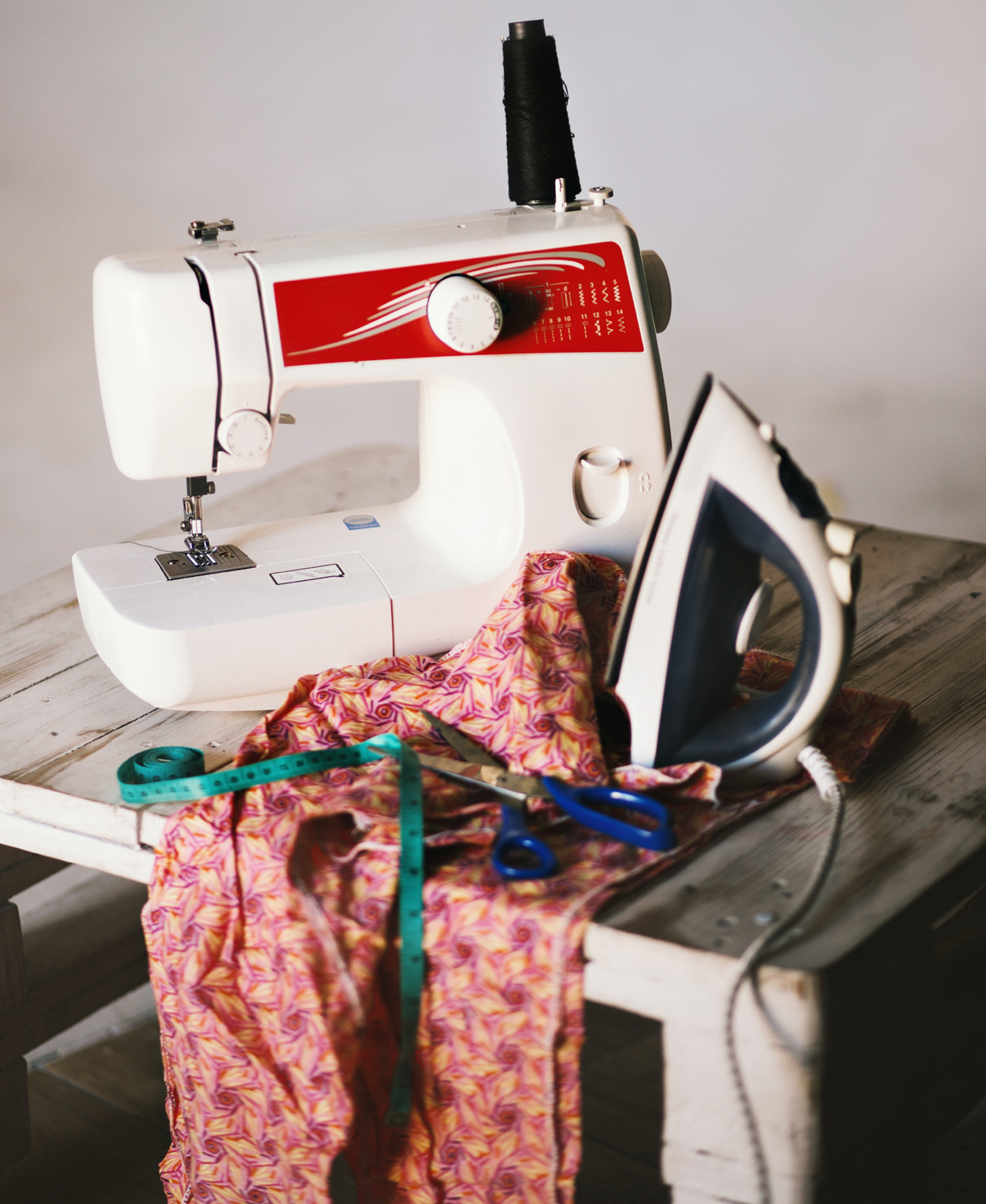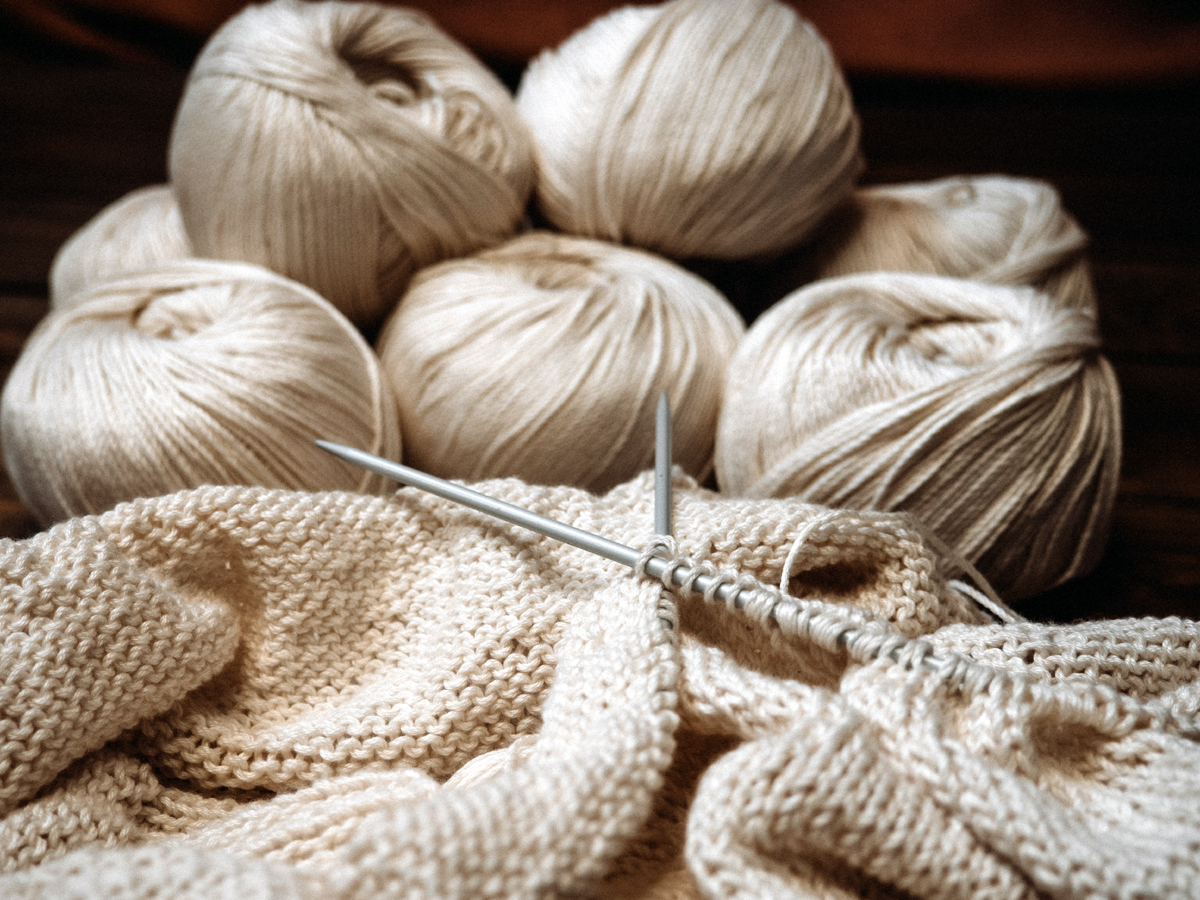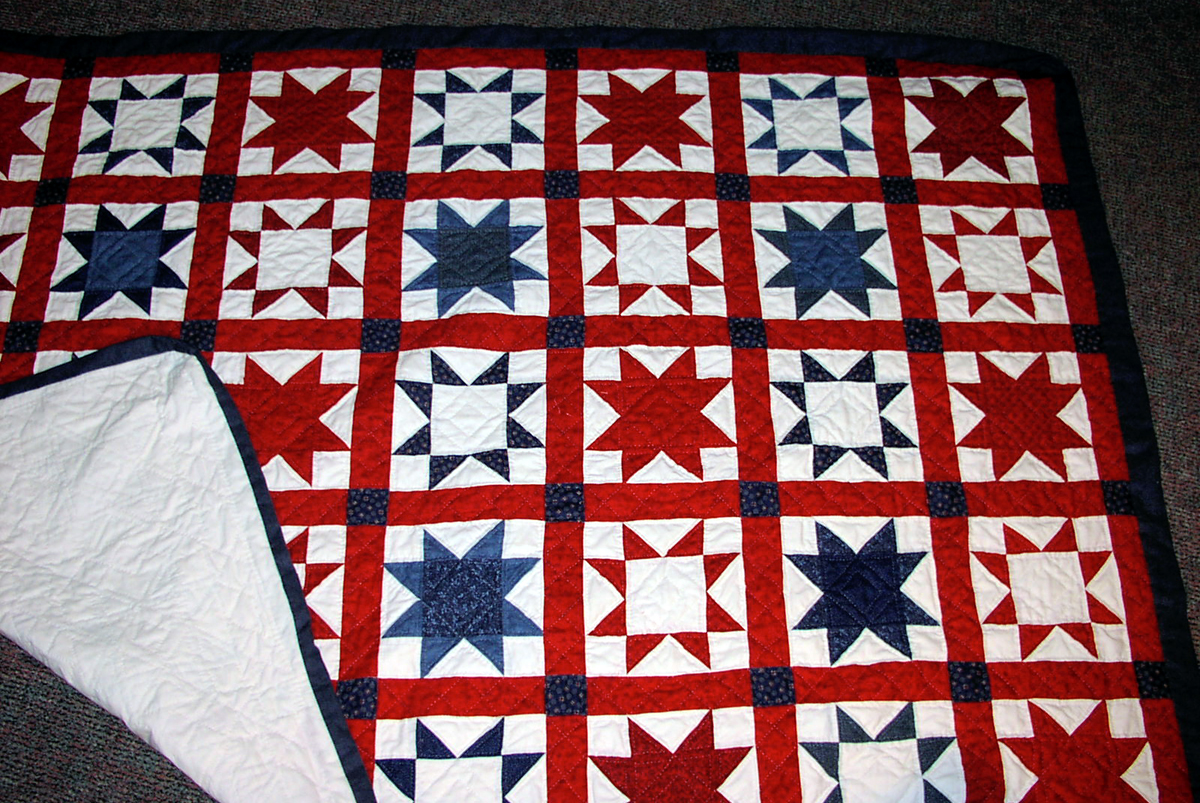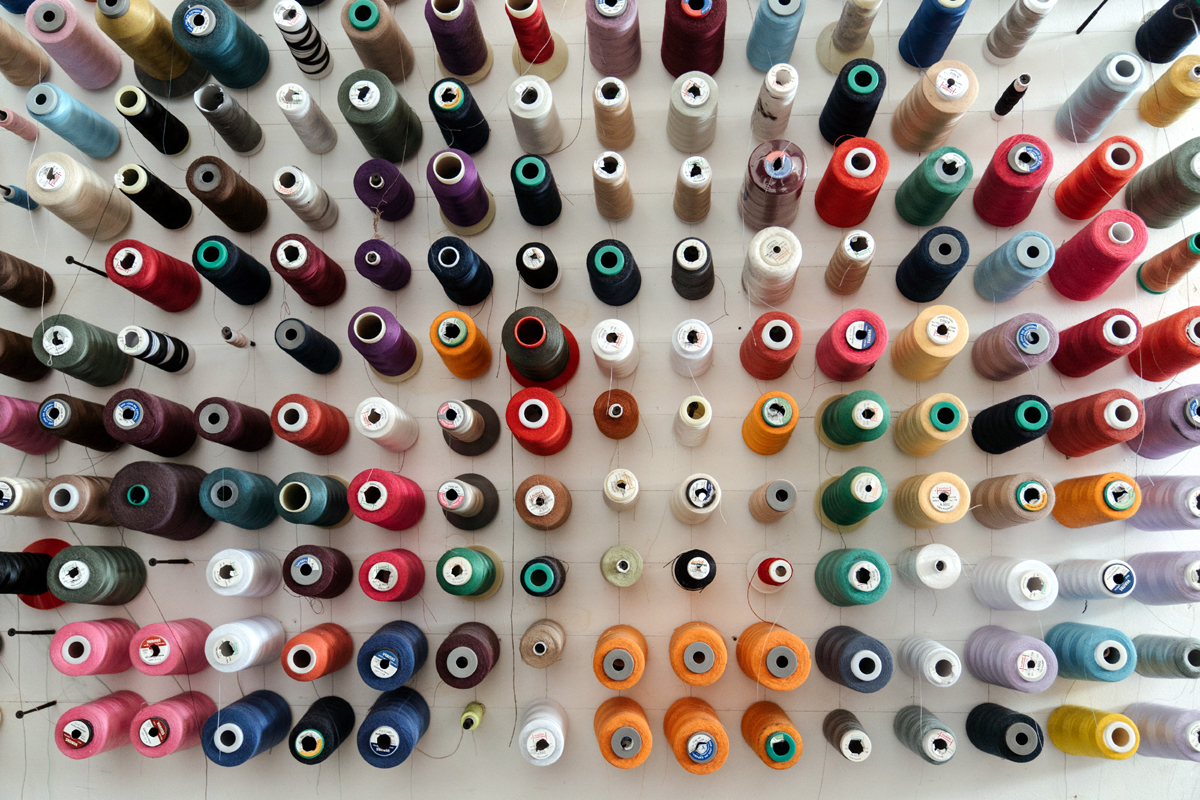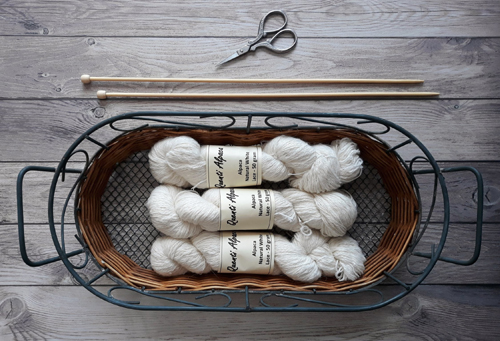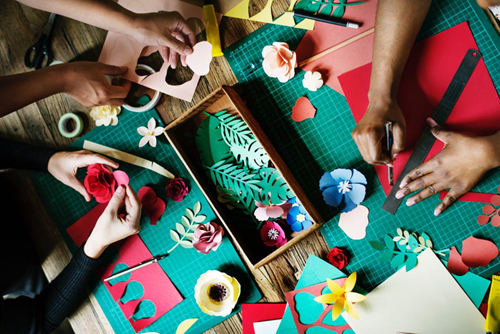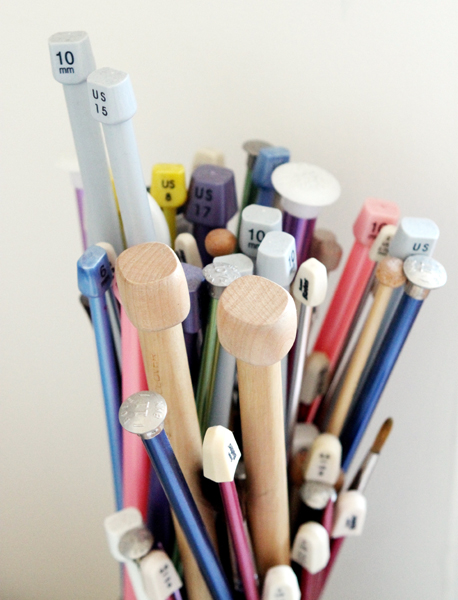12 Things That Need to Be in Your Hand Sewing Kit
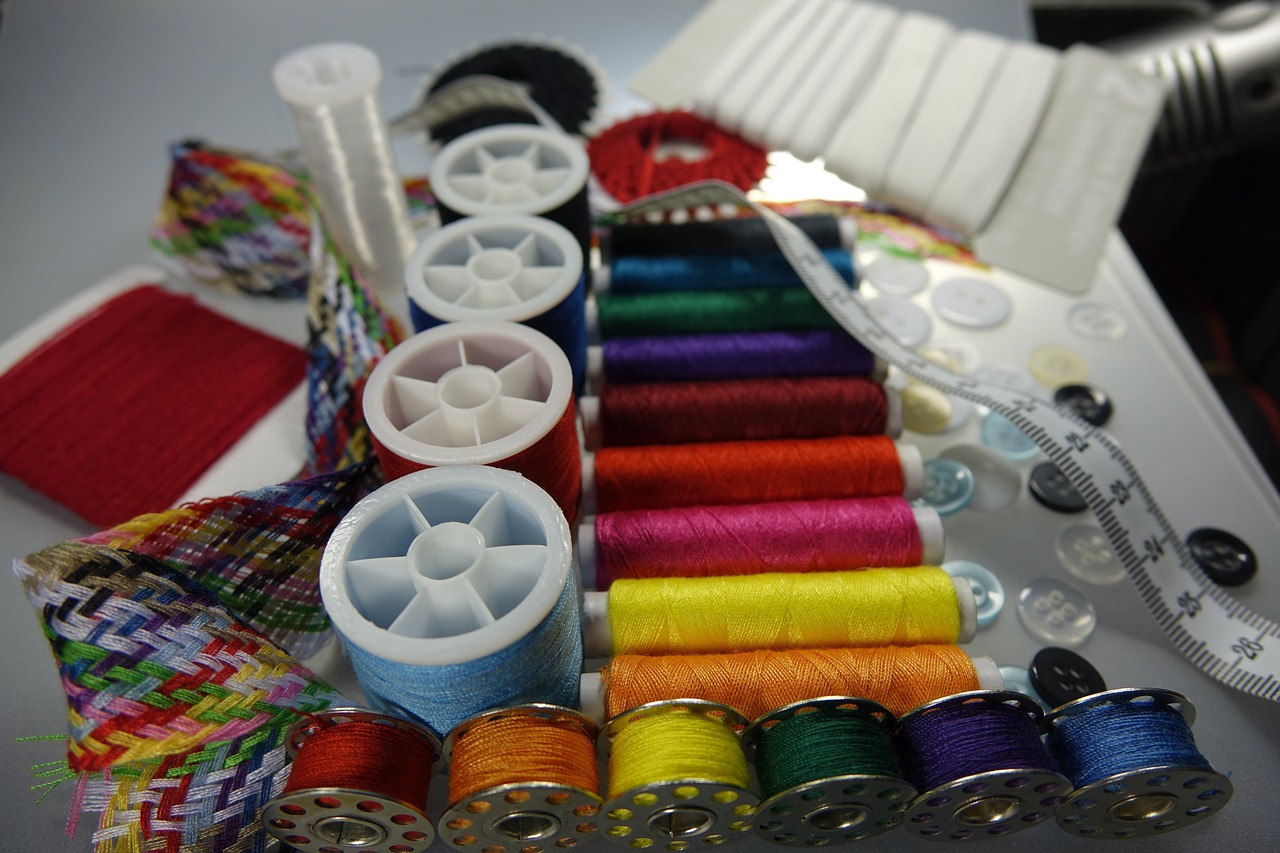
Most people who hear the words “sewing kit” think of those little travel sewing kits you can buy for less than $10 at a discount or drug store. These kits come with the basics you might need if you have to mend a tear in a hurry.
You get a few needles, a tiny pair of scissors, and a few small spools of thread in basic colors like black, white and dark blue. And, for most people, this is as much of a hand sewing kit as they will ever need.
However, if you are serious about sewing, you’ll need a kit that’s much more substantial. Why? Well, a good sewing kit can be like a great carpenter’s toolbox. With the right tools (sewing supplies) there’s almost no limit to what you can do, even sewing by hand.
Why You Need a Hand Sewing Kit
If you already have a sewing machine, you might be wondering why you need to put much effort into putting together a hand kit. But there are several reasons why this is a good idea. For one, even those who do most of their sewing on sewing machines will need to do some hand sewing every once in a while.
Also, hand sewing kits can be portable. This mean you can take them with you anywhere, and work on some of your sewing projects even when you don’t have access to a sewing machine.
And the truth is that many who are whizzes on the sewing machine are also adept at sewing by hand.
So, now that you know the importance of building a hand kit, what should you have in yours?
The Basic Hand Sewing Kit
• Buttons and Other Fasteners. Having buttons, snaps, and zippers in your kit will come in handy for making quick repairs.
• Fabric Marking Pens. These make it easy to measure and mark fabrics accurately. And the marking will come out in the wash.
• Hand-Sewing Needles. You’ll need needles in every length and size. You don’t want to try hand sewing heavy fabrics like denim or corduroy with a needle that’s too small.
• Measuring Tape. No matter what you sew, measuring will probably be involved. So measuring tape is a must-have.
• A Needle Threader. Instead of suffering the frustration of trying to get a tiny piece of thread to go through the tiny eye of a needle, use a needle threader instead.
• A Pincushion or Magnetic Pin Holder. Good, old fashioned pincushions help to keep straight pins under control. But if you want a more “modern” and “high tech” solution, use a magnetic pin holder instead.
• Sewing Scissors or Fabric Shears. Don’t settle for a standard pair of scissors. You’ll just be making things harder on yourself than they have to be. Sewing scissors and fabric shears are specially designed to make cutting fabric easier.
• A Seam Ripper. Seams can be surprisingly stubborn. While wrestling to remove a seam can give you a good workout, use a seam ripper if you want the job to be a little easier.
• Straight Pins. Choose straight pins with round heads. They tend to be easier to work with than flat-headed straight pins.
• Thimbles. Thimbles help to protect your fingers from the pointy ends of needles. They can also help you to get a needle through thick, heavy fabric.
• Thread. You can buy thread in just about any color you can imagine. You should also invest in a spool of invisible thread. If you have to sew something that’s white or yellow, but don’t have any white or yellow thread, invisible thread is the answer.
• A Container to Hold It All. You can use anything from a basket, to a diaper bag, to a container specially made to hold sewing supplies.
And, believe it or not, that’s just the tip of the iceberg. However, these are the essentials you need in your hand sewing kit. Other items (like seam gauges, iron on tape and elastic) will find their way into your kit over time, mostly when you need them for a specific project. As your experience grows, your sewing kit will also grow.
Eventually, you might need to split your ever-growing sewing kit in two. Leave the bulk of your supplies in a “stationary sewing kit” that you’ll leave in your sewing room. The portable sewing kit can be the one you take on long trips so you’ll have something to do.
The Simple Solution
If putting together a hand sewing kit from scratch seems daunting, there are ready-made sewing kits available. These kits, especially the more elaborate ones, come fully equipped with all of the supplies a sewer could possibly need. This can give you a great foundation to build on.
Once you have your hand sewing kit put together, take some time to learn how to use it. There’s no denying the speed and convenience of the sewing machine. But there’s also no denying the satisfaction you can get from sewing by hand.
The Author:
If you’d like more free sewing projects, tips and sewing machine reviews just visit http://www.sewmyplace.com
Photo. Semevent

